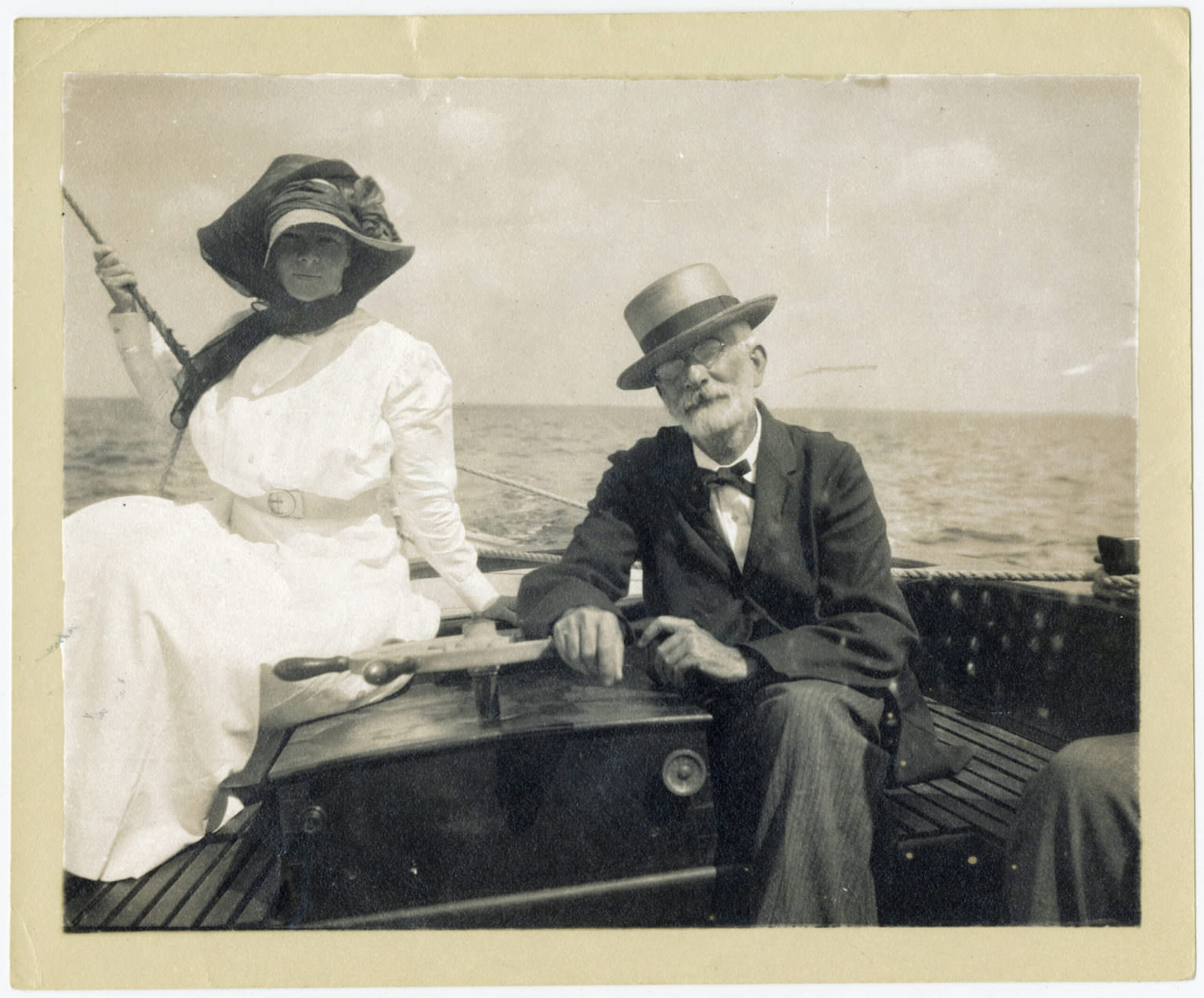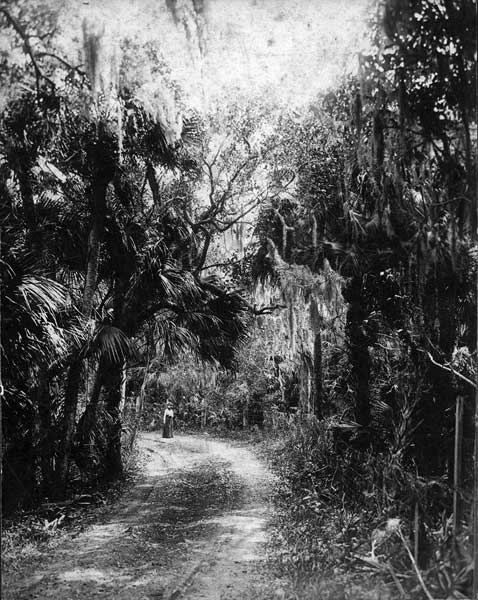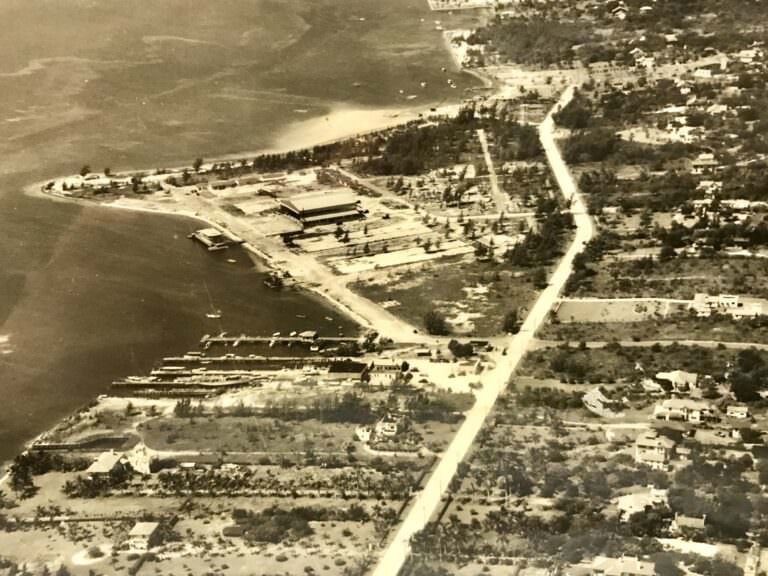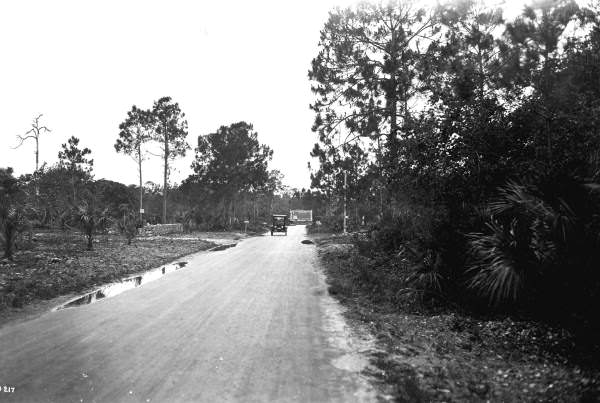The Commodore Trail was officially established by Miami-Dade County in 1969, but the roots of this historic path can be traced to the region’s earliest settlers. Hundreds of years ago, Native Americans – Tequesta Indians and later the Seminole Tribe – cut out a trail through the dense tropical hammock, which once blanketed the coastline from the Miami River to Coconut Grove (small remnants of the hammock are preserved within the City of Miami at Simpson Park, Alice Wainwright Park, Vizcaya, and the Barnacle).
Beginning in the 1880s, pioneers enlarged the footpath, and in 1904, the newly established city of Miami began constructing a rock road connecting the two settlements. While boats remained the area’s primary source of transportation, the trail provided a relatively safe and efficient land route for early settlers.
Among the most famous pioneers was Commodore Ralph M. Munroe (1851-1933), considered the Father of Coconut Grove, and the eponym of our Commodore Trail.
A native of Staten Island, N.Y., Munroe was a Renaissance man known for his expertly crafted sailboats, early photography, environmental advocacy, and lifelong love of South Florida.
“The beauties and the possibilities of this country appealed to me at once strongly,” wrote Munroe, recalling the first time he sailed into Biscayne Bay in September of 1877. “No sea lover could look unmoved on the blue rollers of the Gulf Stream and the crystal-clear waters of the reef, of every delicate shade of blue and green.” Munroe’s book, The Commodore’s Story: The Early Days on Biscayne Bay offers an intimate portrait of the bay in the late 19th century.
“The genuine and simple life,” as Ralph Munroe referred to the era of the bay abruptly ended in April 1896 with the arrival of the Henry Flagler’s railroad into Miami. Seemingly overnight the “Magic City” was born, and changes were in store for the quiet and tranquil community of Coconut Grove. From his bayside home, the Barnacle, Commodore Munroe watched as the hamlet of “Cocoanut Grove,” as it was originally known, began attracting nationally prominent individuals, including industrialists, scientists, artists, and authors.
The northerners who arrived in the early 20th century, worked with early pioneer families, including many Black Bahamian residents, to carve out a thriving town on the shores of Biscayne Bay.
From the tropical hardwood hammock emerged the diverse and eclectic Coconut Grove community we know and love today.
Beginning with his arrival in the late 1880s until his death in 1933, Commodore Munroe steadfastly spoke out against overdevelopment and the destruction of the native landscape.
Friends of the Commodore Trail is proud to build on the legacy started by Commodore Munroe and so many others. Now it is our turn to preserve and protect the best of our community. This is our home. This is our path forward.







